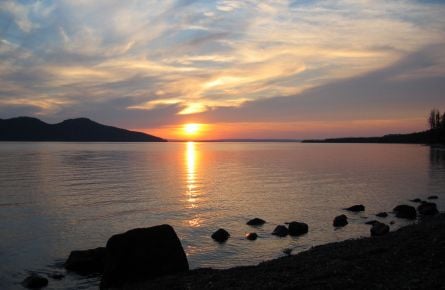How one man, lost in Yellowstone, sparked the imagination of another
William Wallace Wylie, a college student in Iowa, stumbled on an interesting article in Scribner’s Monthly. “Thirty-Seven Days of Peril” (1871) was authored by Truman Everts, a member of the Washburn Expedition. Unwittingly separated from the explorers, Everts wandered alone in Yellowstone for more than a month – and survived!
Wylie was captivated by Everts’ adventure and decided to move west after graduating. Yellowstone Park was only 6 years old when W.W. became school principal in Bozeman. He later traveled Montana Territory as its Superintendent of Public Instruction.
He began escorting tourists and photographers into the park in 1880, traveled the Midwest lecturing about its wonders, and by 1882 published a guidebook: Yellowstone National Park or The Great American Wonderland.
Beginning in 1883 he conducted ten-day camping tours of Yellowstone twice a month. He purchased land in Gallatin Canyon, 20 miles southwest of Bozeman, to use as headquarters and storage for equipment, horses, and wagons. Thousands of visitors (between 800 and 1,800 each season) enjoyed the park the Wylie Way, an unhurried pace at ½ the price charged by the hotel company.
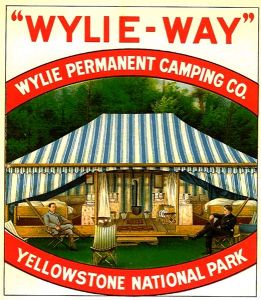
Wylie enlisted family members and church acquaintances to serve as camp supervisors, drivers, and camp help, but his workforce grew with his business. “Many of Wylie’s employees were from middle-class backgrounds; teachers, college students, ranchers and cowboys,” writes Jane Galloway Demaray, “Wylie’s information-based touring, educating visitors about the Park’s flora, fauna, geology, and geography, set a new standard for guiding.” (p. 107)
The government granted Wylie leases only one year at a time, so his operation remained portable at first. In 1898 he received permission to establish four permanent camps and two lunch stations. Wylie sold the company in 1905, working one final year for the new owners, who continued to use his name: Wylie Permanent Camping Company.
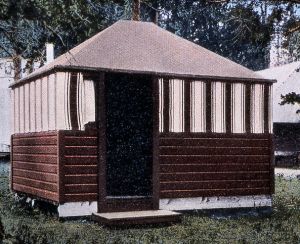
After one unsuccessful year as a dude ranch operator in Gallatin Canyon, he accepted the invitation to establish Wylie Way camps in Zion Canyon and North Rim of the Grand Canyon, which he operated for seven years and ten years respectively. He retired to Pasadena, California and died there in 1930.
Over time, multiple camping companies merged into one, tent-top platforms evolved into cabins, and camping company’s facilities grew into our modern-day lodges. Wylie’s name persisted in Yellowstone long after he was gone, and that we again honor his legacy by using his name, all testify to Wylie’s vision and quality hospitality.
Want to read more?
Jane Galloway Demaray, Yellowstone Summers: Touring with the Wylie Camping Company in America’s First National Park. Pullman, WA: Washington State University, 2015.
Truman Everts, Lee H. Whittlesey, ed., Lost in the Yellowstone: Truman Everts’s “Thirty-Seven Days of Peril,” Salt Lake City: University of Utah Press, rev. 2015.
p.s. – I don’t recommend getting lost in Yellowstone, but sharing your adventures might spark someone else’s imagination or even change their lives!
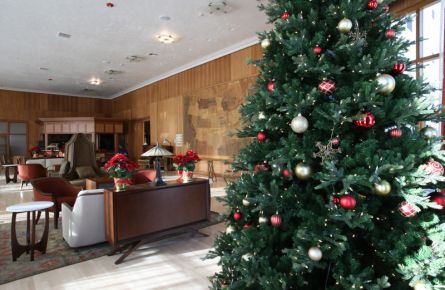
Christmas Comes Twice A Year: Once at Home and Once Up Here
There are many myths surrounding this special employee celebration. One truth is certain, August 25 offers a chance for staff and guests alike to share the spirit of the season!
Read More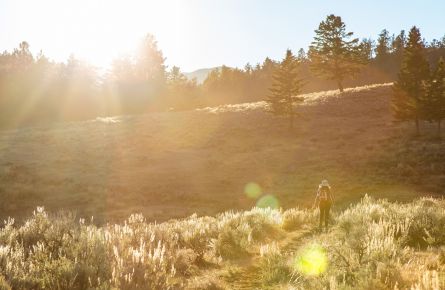
Mindfulness in Yellowstone
How an unexpected opportunity led to a shift in perspective, rediscovery, and finding deeper meaning.
Read More